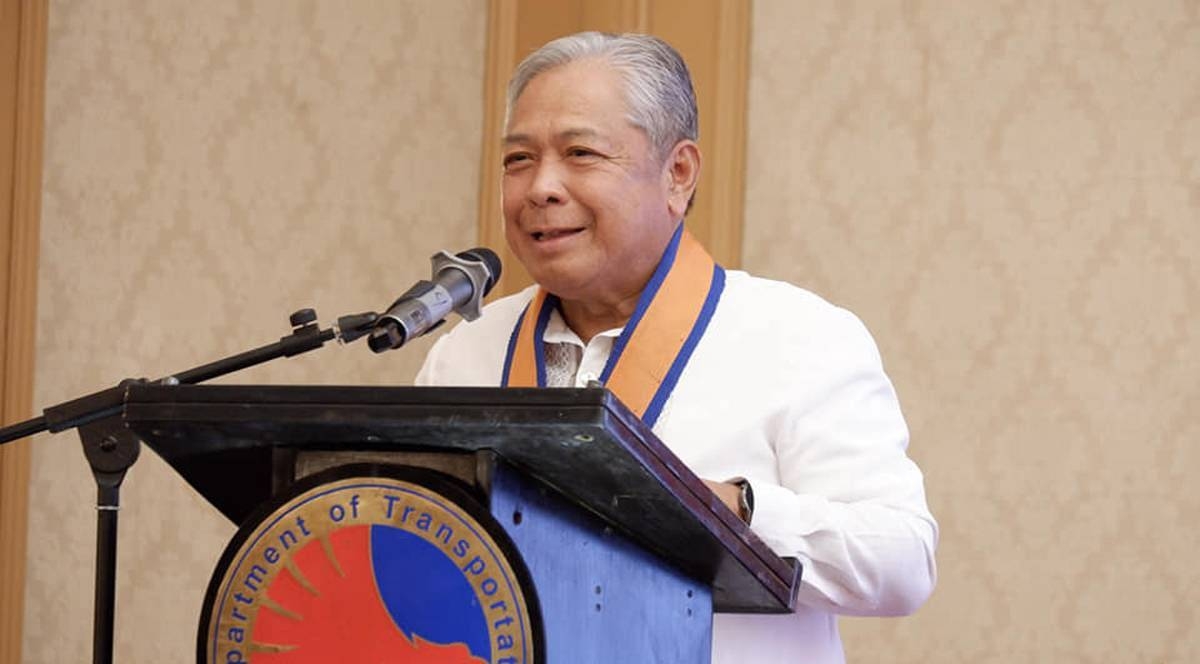MANILA, Philippines: In a significant development, the United States government has pledged its support to the Department of Transportation (DOTr) in conducting a feasibility study for the implementation of a Vessel Traffic Management System (VTMS) at 10 locations across the country. Transportation Secretary Jaime Bautista announced this collaboration on Saturday, highlighting the importance of this system in enhancing maritime safety and communication.
The VTMS is a comprehensive solution that integrates data and information gathered by advanced sensors, such as radar, automatic identification systems, and very high-frequency radios. By utilizing these technologies, the system creates a complete picture of the maritime environment, enabling effective traffic management and communication. This initiative aims to address maritime safety concerns by enhancing situational awareness and coordination of maritime traffic.
Secretary Bautista emphasized that the VTMS is not only crucial for managing sea traffic but also provides the Philippine Coast Guard (PCG) with advanced communication redundancy. By promoting efficient water traffic management at major ports, this system also offers a potential solution to the reported incidents of signal jamming within the country’s Exclusive Economic Zone.
“The implementation of the VTMS will empower the PCG to ‘level up’ their maritime capabilities,” Secretary Bautista stated. With increased efficiency in managing maritime traffic in major waterways and ports, the PCG will have access to active monitoring and navigational information for vessels. This advancement will undoubtedly improve their ability to respond to emergencies and ensure the safety of maritime activities.
To facilitate the feasibility study, Secretary Bautista and US Ambassador to the Philippines MaryKay Carlson signed an agreement that includes a US grant for the selection of a consultant. This consultant will be responsible for conducting the study, evaluating the technical requirements, and providing recommendations for the successful implementation of the VTMS.
The collaboration between the United States and the Philippines in implementing the VTMS demonstrates the commitment of both nations to enhancing maritime safety and communication. By leveraging advanced technology and expertise, the Philippines aims to strengthen its capabilities in managing maritime traffic and ensuring the security of its waters.
The VTMS project holds great promise for the Philippines, as it will not only improve the efficiency of maritime operations but also contribute to the overall economic development of the country. With streamlined traffic management, major ports can expect increased productivity and reduced congestion, benefiting both local and international trade.
Moreover, the VTMS will play a crucial role in safeguarding the country’s maritime interests. By effectively monitoring vessel movements and enhancing communication channels, the system will aid in detecting and responding to potential security threats or unauthorized activities within Philippine waters.
As the feasibility study progresses, it is essential to consider local laws, customs, and specific challenges faced by the Philippines in implementing such a system. By contextualizing the project to the needs of the country, the VTMS can be tailored to address the unique maritime conditions and requirements of the Philippines.
In conclusion, the collaboration between the United States and the Philippines in implementing the Vessel Traffic Management System marks a significant step towards enhancing maritime safety and communication. This system, with its advanced technology and comprehensive approach, will undoubtedly empower the Philippine Coast Guard and improve the efficiency of maritime operations. As the feasibility study commences, it is crucial to consider the local context and challenges to ensure the successful implementation of the VTMS across the country.
Source: The Manila Times








